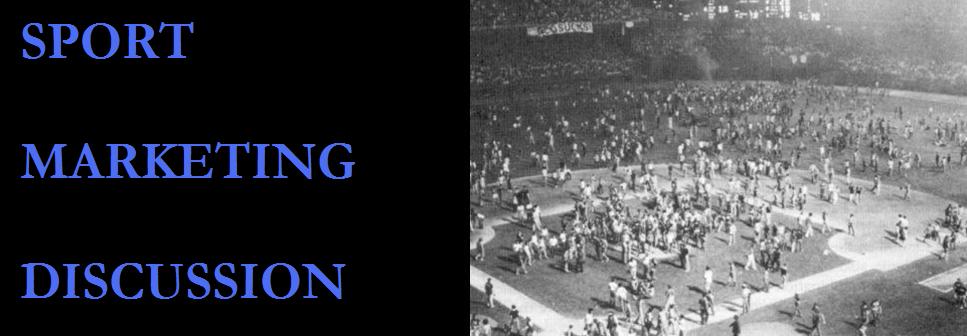
Account Executives and Ticket Representatives continually look for ways to maximize value for the fan: and why not? The economy has caused people to rethink their disposable income spending habits and sports have taken a major hit. The time is now for these executives to sink or swim: they must find ways to increase their value on their product while maintaining or even lowering price.
Recessions don't last forever. The economy is an endless cycle of peaks and valleys, and with those, come people's buying habits. In tough times, customer retention is more important than the average amount of money spent per client. They will remember your willingness to negotiate, or for finding them a cheaper ticket package, or giving them a good deal. I believe that this goodwill will be remembered during the good times, and will make a very loyal customer out of them. And after all, people have some fairly jaded views on sports as entertainment--overpaid athletes, poor in stadium service, cold hot dogs, warm beers. A good deed goes a long way in a weary world. It's a very attainable competitive advantage.
So in searching for ways to generate value while maintaining price structures, look for ways to eliminate costs in going to the game without devaluing the product (the ticket, the game itself). Executives may want to try food voucher campaigns, giving season ticket holders a voucher for a hot dog and a drink for every game. If it costs $0.20 (if that) to prepare a hot dog, and a drink, then the maximum expense to the team is $16. In exchange, they have retained a customer which could be worth $1,500 in season tickets in tough times, and $5,000 in season tickets during good times. And for those 81 nights each season, they won't have to cook dinner, which saves them some money as well. Customized jersey giveaways help as well, though not as directly related to basic expenses of everyday life that you try and eliminate.
You may even want to include a partnership with a local hotel in the area. Hotels are similiar to sports entertainment in that they rise and fall with the economy, and very often they give up empty hotel rooms for bottom basement prices which can be found on places like hotwire.com and priceline.com. If you incude the price of a one night stay ($40, as comparable to priceline.com) in the season seat package of $1,000, the added cost is almost meaningless compared to the overall seat price, and you can offer them a complete weekend vacation to watch their team. Include a special meet-and-greet with a player before one of those games, and you've created an incredibly amount of value for only $40.
Whether teams adopt this particular idea isn't the complete point. It's about making the value perception to the fan as big as possible in comparison to the cost of the organization.






